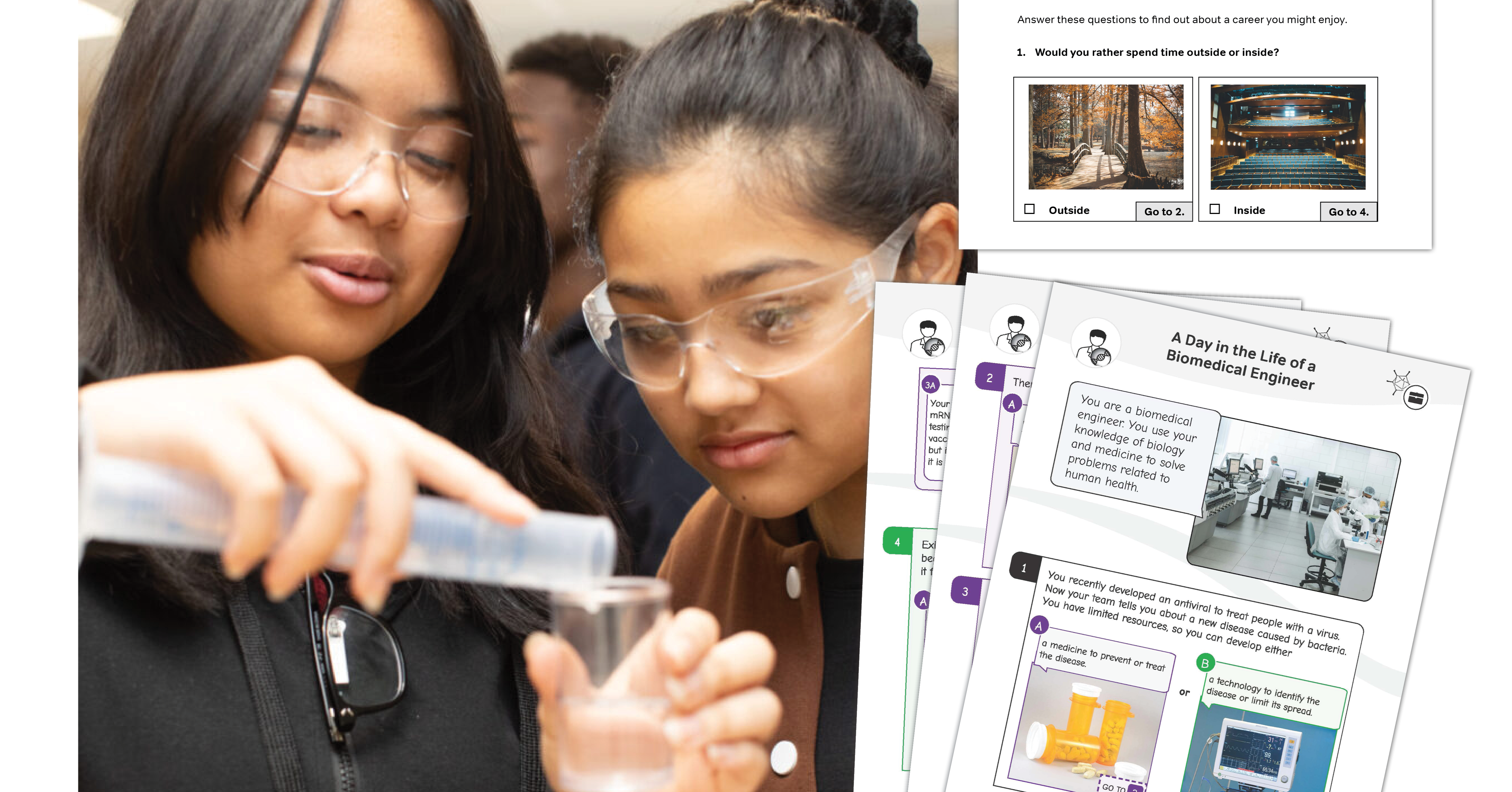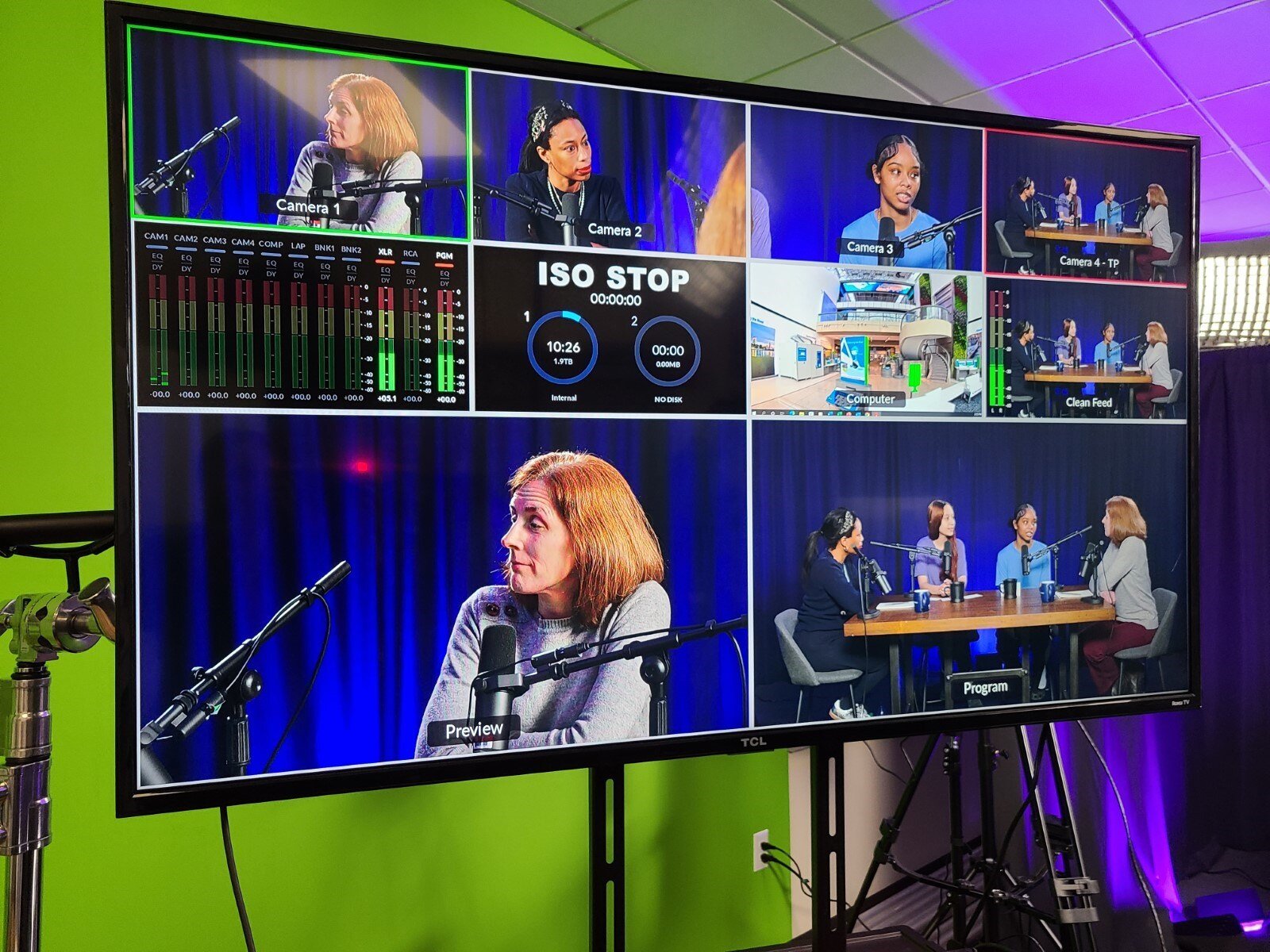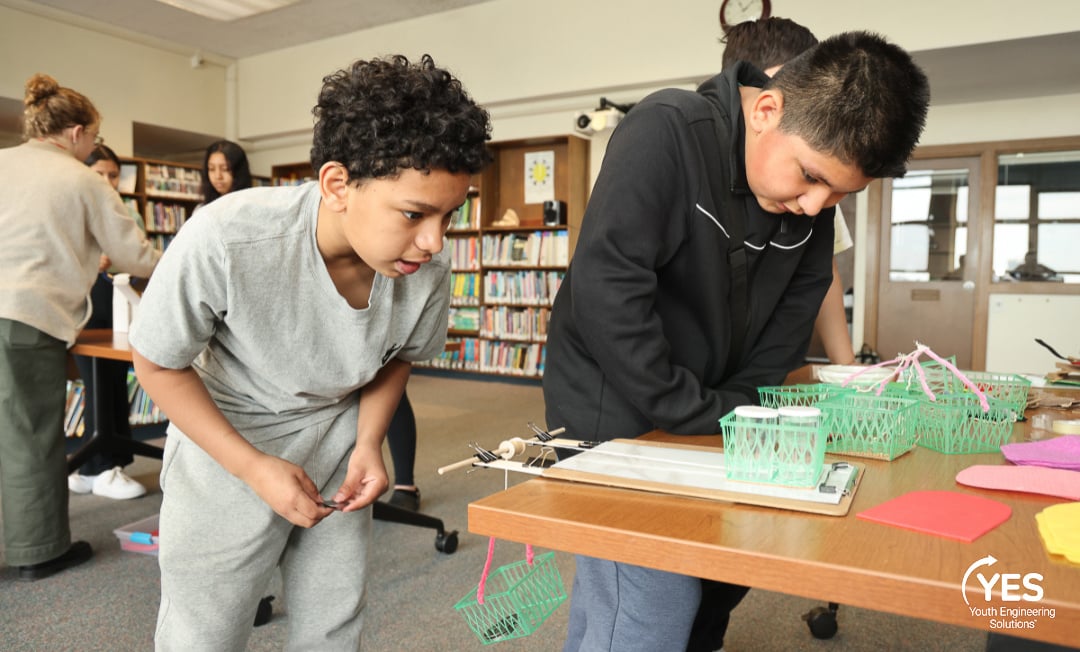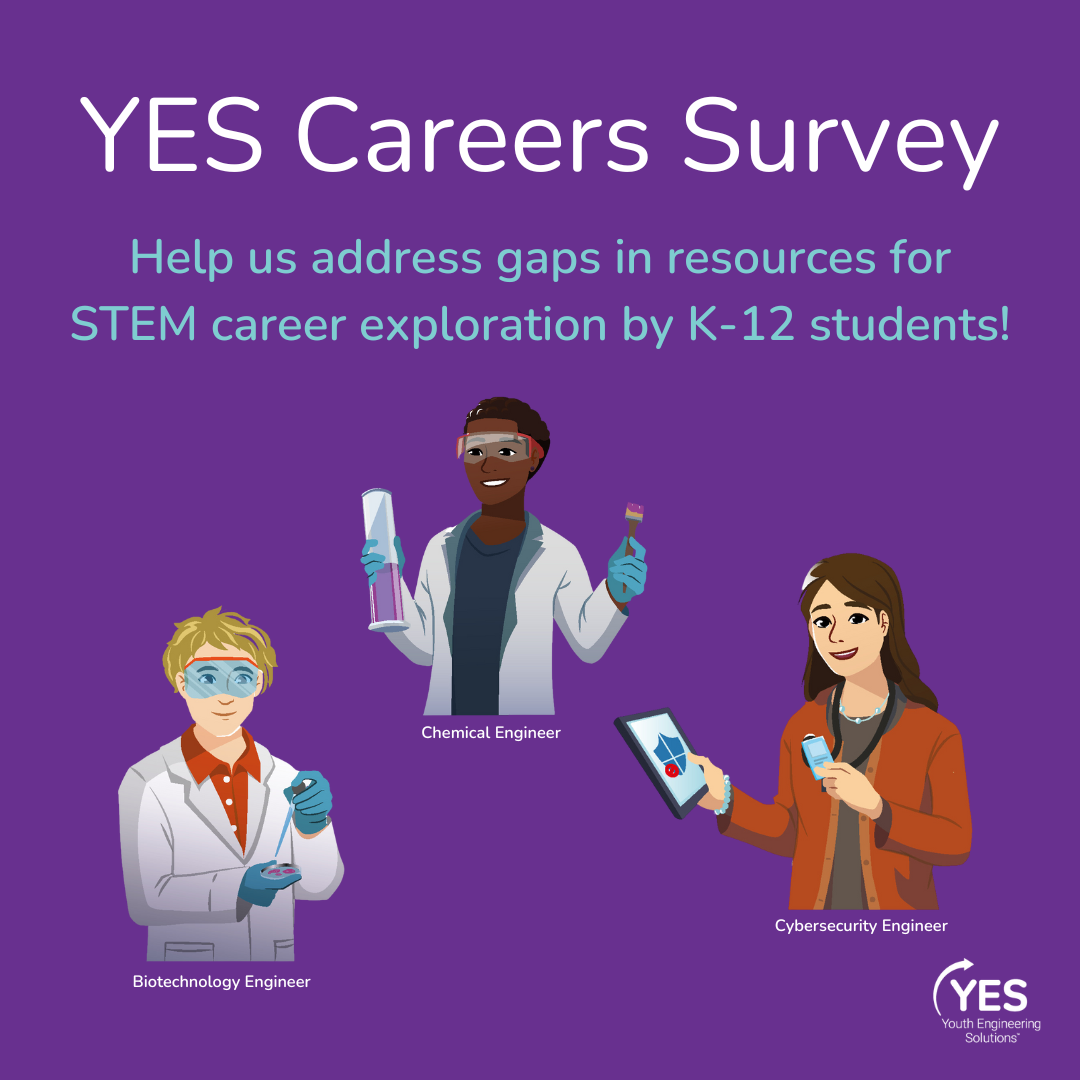Elementary teachers have to be ready to teach lots of different subjects, including science and (with the growing influence of the Next Generation Science Standards) engineering.
But most preservice elementary teachers take only a few science courses—and rarely any engineering. “Many students come to me with what I call ‘science baggage,’” says Leanne Avery, a science education professor at the State University of New York College at Oneonta. “They’re fearful of science. And if you mention engineering, they’re ready to run out the door!”



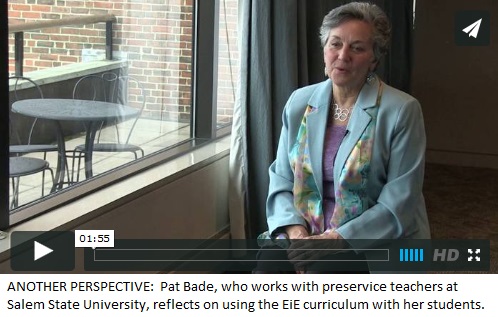


 Occasionally on the EiE Blog, we introduce you to the folks on our team and the work they do. Today, meet Richard Sutton, research coordinator. We’ve got a mountain of data coming in from a major, NSF-funded study, and Richard is the gatekeeper. Student assessments, journals, performance evaluations . . . more than 200,000 pieces of data must be entered into our system, and Richard makes it happen.
Occasionally on the EiE Blog, we introduce you to the folks on our team and the work they do. Today, meet Richard Sutton, research coordinator. We’ve got a mountain of data coming in from a major, NSF-funded study, and Richard is the gatekeeper. Student assessments, journals, performance evaluations . . . more than 200,000 pieces of data must be entered into our system, and Richard makes it happen. Are you planning a STEM Night? Need a short video that introduces parents to Engineering is Elementary?
Are you planning a STEM Night? Need a short video that introduces parents to Engineering is Elementary? 